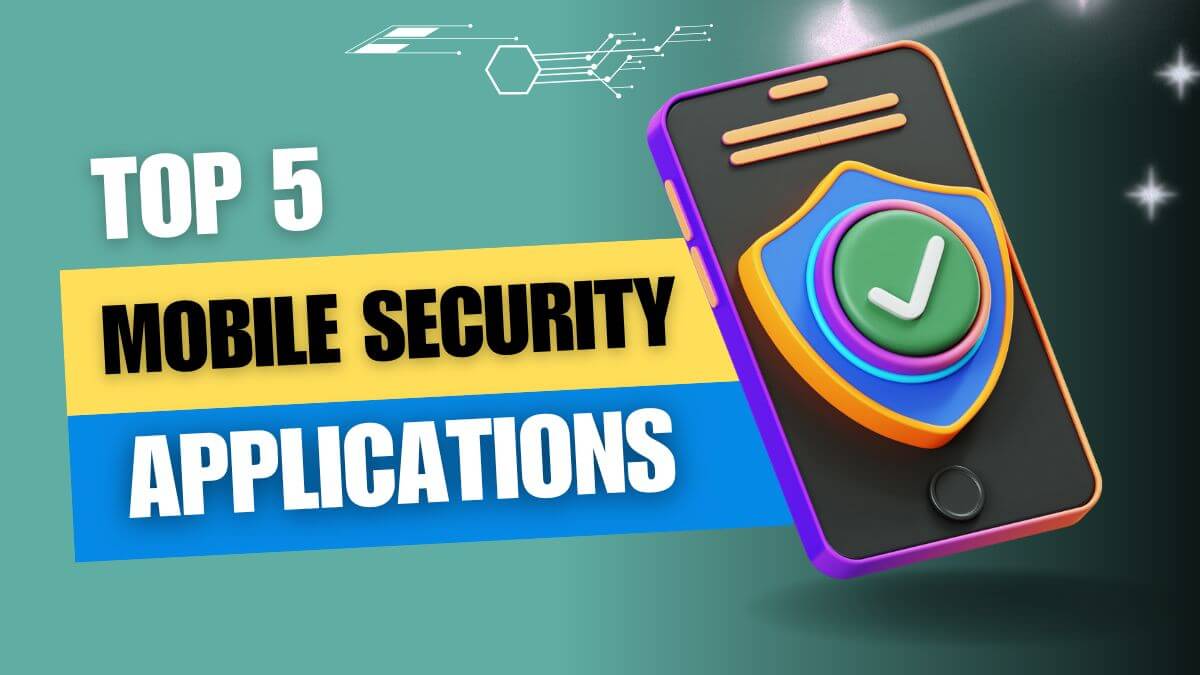Top 10 Problems With Android Phones and Their Solutions
With its vast user base and flexible operating system, Android has firmly established itself as a dominant force in the smartphone market. However, like any complex technology, Android phones are not immune to bugs and problems that can hinder the user experience.
In this article, we will provide insights into the top 10 bugs and issues commonly faced by Android phone owners and provide effective solutions to fix them.
1: Battery Drainage
One of the most common concerns among Android users is battery drainage. Several factors can contribute to this problem, including resource-intensive apps running in the background, inefficient settings, and connectivity issues.
To prolong battery life, consider optimizing your phone’s settings. Dimming the screen brightness, disabling unnecessary app notifications, and toggling on the battery saver mode can help conserve energy. Additionally, closing unused apps and restricting background activity through the App Info section in the Settings menu will further alleviate battery drain.
2: Slow Performance
Experiencing sluggish performance on your Android phone can be frustrating. Several culprits can contribute to this problem, including excessive app clutter, outdated software, and insufficient storage space.
Clearing the cache regularly can help improve performance by removing temporary files and freeing up system resources. Updating your phone’s software to the latest version is also crucial as it often includes bug fixes and performance enhancements. To ensure smooth operation, manage storage effectively by deleting unnecessary files and offloading data to cloud storage or external devices.
3: Overheating
Feeling your mobile device become uncomfortably warm during usage is a concern shared by many Android users. Overheating can occur due to prolonged usage, resource-intensive apps, or external factors such as exposure to extreme temperatures.
To prevent overheating, avoid using your phone for extended periods, especially while performing processor-intensive tasks. Dimming the screen brightness, closing unnecessary apps, and disabling unused connectivity features can also help keep the temperature in check. It is advisable to refrain from exposing your device to extreme temperatures, such as leaving it inside a parked car on a hot day.
4: Unresponsive Touchscreen
An unresponsive touchscreen can impede your ability to navigate and use your Android phone effectively. Calibration errors or software glitches are often responsible for this issue.
Recalibrating the touchscreen is the first step in resolving this problem. The process varies depending on the device model, but generally, it involves navigating to the Settings menu, accessing the Display or Touch options, and following the on-screen instructions. If recalibration doesn’t solve the problem, performing a soft or hard reset may be necessary. If the issue persists, seeking professional assistance from the manufacturer or an authorized service center may be required.
5: Connectivity Problems
Unstable Wi-Fi connections, Bluetooth failures, and weak cellular reception are among the most common connectivity issues experienced by Android users.
For Wi-Fi connectivity problems, start by rebooting your phone and router. If the issue persists, try resetting your network settings by accessing the respective option in the Settings menu. Additionally, ensure that your phone’s firmware is up to date, as manufacturers often release updates to address connectivity-related bugs. If Bluetooth is not working correctly, try turning off and on the feature, clearing the pairing list, and reestablishing the connection. For weak cellular reception, contacting your service provider and verifying coverage in your area is advisable.
6: App Crashes
Experiencing frequent app crashes can be frustrating and disrupt your workflow. Inadequate memory, outdated apps, or software compatibility issues may be the underlying reasons.
To tackle app crashes, start by clearing the cache of the affected app. If the problem persists, make sure that the app is up to date by checking for updates in the Google Play Store. If a particular app continues to crash, even after these steps, consider performing a factory reset. However, exercise caution as this step will erase all data on your device, so make sure to back up important information before proceeding.
7: Storage Issues
Running out of storage or facing difficulties in accessing files are common storage-related problems on Android devices.
To free up storage space, begin by deleting unnecessary files, such as duplicate photos or unused apps. Utilizing cleaning apps that identify and remove junk files is also a convenient option. If storage continues to be a challenge, consider offloading data to cloud storage services or external devices. These solutions will not only improve storage availability but also lead to better overall performance on your device.
8: Random Restarts
Experiencing random restarts can be disruptive and disconcerting. Software glitches, faulty hardware, or conflicts with third-party apps are often the culprits behind this issue.
To address random restarts, start by updating your phone’s software to the latest version. This step often includes bug fixes that could resolve the issue. If the problem persists, remove any recently installed apps that may be causing conflicts. If all else fails, contact your device manufacturer or seek technical support for further assistance.
9: Audio Problems
Whether it’s distorted sound, low volume, or microphone malfunctions, audio-related issues can significantly impact your Android phone experience.
Begin by checking the volume settings on your device, ensuring that they are appropriately adjusted. If audio problems persist, consider updating the audio drivers or firmware. Restarting your phone may also help resolve minor audio issues. If the problem persists, contacting the manufacturer’s support or consulting a professional technician is recommended.
10: Security Vulnerabilities
As with any connected device, Android phones are not immune to security vulnerabilities. Malware infections or unpatched vulnerabilities can compromise your privacy and data security.
To protect your device, install a reputable security application from the Google Play Store. These applications offer real-time protection against malware and other threats. Additionally, keeping your device’s software up to date is crucial, as manufacturers regularly release security updates to address potential vulnerabilities. Always exercise caution when downloading and installing apps, especially from third-party sources, as they may contain malicious code.
Conclusion
Android phone users often encounter bugs and problems that can disrupt their user experience. However, armed with knowledge and effective solutions, these issues can be swiftly resolved. From tackling battery drainage to addressing security concerns, the Android platform presents comprehensive solutions to mitigate these annoyances. By implementing the suggested fixes and seeking professional assistance when needed, users can enjoy a seamless and rewarding experience with their Android phones.

